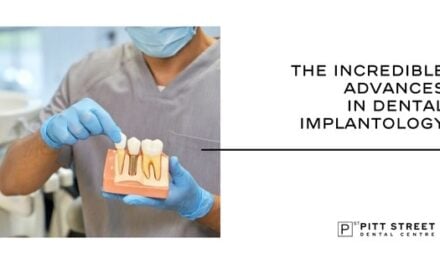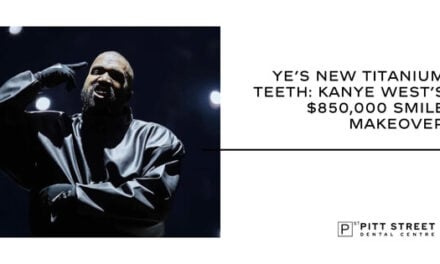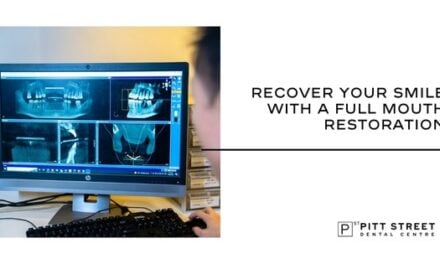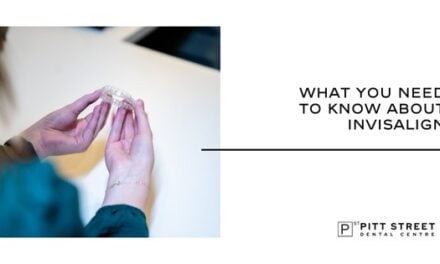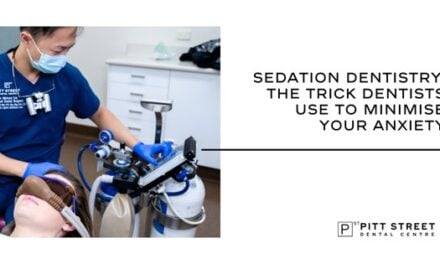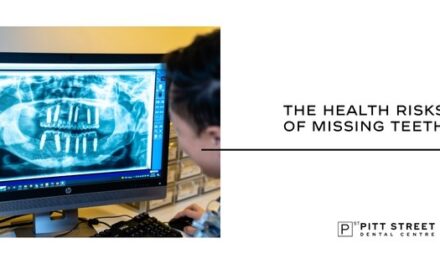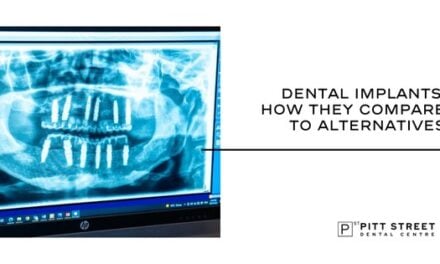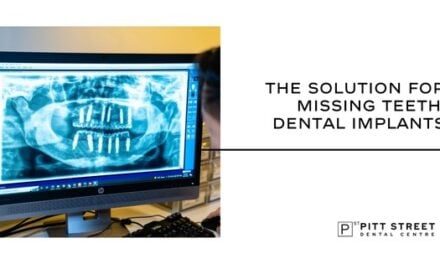The Incredible Advances In Dental Implantology

Successful dental implants basically rely on overall oral health, jawbone density, surgical strategy and expertise, using the correct implant type, and surrounding gum tissue viability.
Accomplishment is defined as the prosthetic having functionality, stability and longevity.
Crucially, after the healing process when the implant has integrated with bone, is when a solid foundation for the artificial tooth is established. (Or teeth, in the case of an All-on-4). The strength of this is referred to as ‘secondary implant stability’ which is another marker for success or disappointment.
This process of osseointegration can trigger an immune system response, where the body perceives the surgical insertion of the post as a foreign object. It ultimately renders the implant a failure, with little recourse. In the majority of cases this doesn’t happen which undoubtedly increases the chance of success; although what is termed ‘late failure’ can still occur.
Late failure can be caused by systemic disease, poor oral hygiene, or excessive loading when the implant amount of ‘bite force’ is greater than the tooth replacement can withstand. Bruxism and jaw clenching greatly affect loading – much moreso than the act of eating and chewing.
Adhering to post-operative care instructions is imperative to successful results.
Initial, stringent care extends over several weeks, and there are permanent changes in diet and dental hygiene habits to adopt in order to greatly foster healthy, trouble-free longevity for the implant.
Clinical studies show that smoking is extraordinarily detrimental to implant success.
It impairs blood flow, which hinders site healing, as well as bone growth: both fundamental factors for this dental procedure having a positive outcome. It promotes plaque and tooth staining which along with poor brushing and flossing, leave implant sites prone to chronic infection, and the possibility of losing the implant altogether.
Regular dental check-ups and scheduled cleaning are major components in keeping full function. There is absolute benefit in ongoing professional monitoring. It allows for early issue detection, and preventative care.
These are the issues that lead Dr Takahiro Ogawa, DDS, Ph D and his team of researchers from UCLA School of Dentistry to develop the cutting-edge technology that ensures significantly reduced complications, more rapid healing, and almost faultless osseointegration at three times the previous rate.

As the professor of the Division of Advanced Prosthodontics and Weintraub Center for Reconstructive Biotechnology at UCLA, Dr Takahiro Ogawa is widely recognized as an expert in designing and creating novel titanium and zirconia surfaces, implant biologic research, and photoenergy-mediated activation of implant materials.
The critical obstacle in successful implants was identified: a natural layer of hydrocarbons that deposits on implant surfaces. Called ‘titanium pellicle’ it obstructs the integration process, and is responsible for what up to 40% of patients suffer – peri-implantitis, where gum disease takes place around the surgical site.
Their breakthrough response to this became available in late 2022: a one-minute chair-side treatment of vacuum UV light (VUV).
This term refers to the wavelength range – below ≈ 200 nanometres – where a vacuum is used because the UV is strongly absorbed in air.
In early trials, it took 48-hours to remove these saliva-derived pellicles where microorganisms colonise. Gradually, this UV treatment was reduced to 12-minutes; and then came their revolutionary one-minute pre-surgery treatment.
The impact is profound.
After just a one-minute pulse, the new surface has drastically improved blood flow, with five times greater protein absorption to the implant surface. There is near-perfect bone-to-implant connection, and the VUV treatment not only increases adhesion between soft tissue and titanium, this bacteria-free delivery escalates strength by almost 30 times.
UV-treated implants show a reduction in bacterial susceptibility of 60% with almost 100% bone integration. One minute is all it takes for gum cells to then exhibit unprecedented action in sealing the tissue around the posts, thereby making peri-implantitis highly unlikely.
As a consequence, this technology allows more versatility in terms of bite relationship between upper and lower teeth. It eliminates the necessity for smaller crowns, and minimises the need for implant bridges.
This UV device brings a completely new era of dental implantology that extends beyond the clinician’s
chair.
After seven years of intensive research, DIO USA Corporation a leader in digital dentistry, has ambitiously launched the ‘UV Implant System’ as surface-processing technology. Dental hospitals are expected to be first-adopters of this optical irradiation equipment.
Wherever there’s a high incidence of complications and revision surgery, like joint replacement, is encompassed in this outstanding development in regenerative dentistry. To be able to induce unique cell activation that enables soft tissue sealing and healing, while mitigating the risk of infection, is a global game-changer.
The content has been made available for informational and educational purposes only. Pitt Street Dental Centre does not make any representation or warranties with respect to the accuracy, applicability, fitness, or completeness of the content.
The content is not intended to be a substitute for professional personal diagnosis or treatment. Always seek the advice of your dentist or another qualified health provider with any questions you may have regarding a dental or medical condition. Never disregard professional advice or delay seeking it because of something you have read or seen on the Site.
Services We Mentioned:
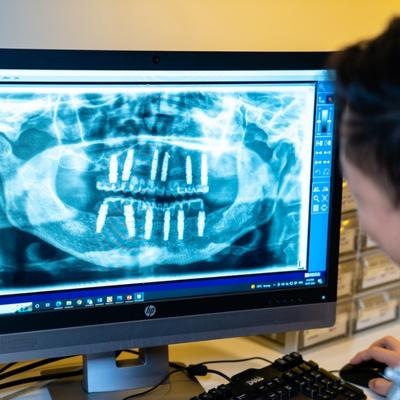
Dental Implants





